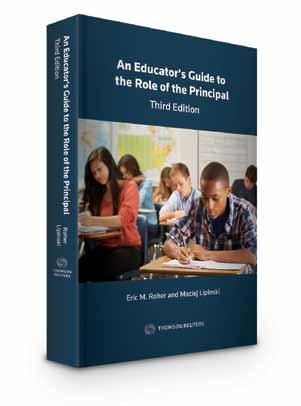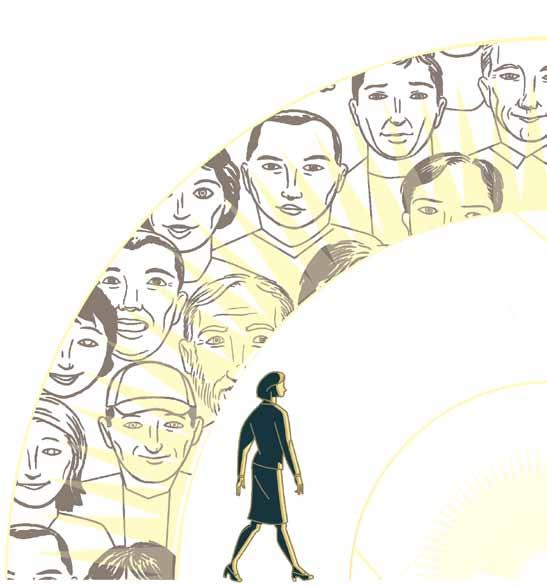This approach helps principals work smart by bringing the many facets of their work together into one design process, anchored in anti-oppression, critical pedagogy and human rights. Much of the excellent work already happening in Ontario is part of the six threads of Inclusive Design, providing a roadmap to support principals and educators. This approach puts identity at the centre of conversations about student learning and outcomes by asking us to consider exactly “who” our children are, “their” lived experiences, identities, abilities, needs and stories. In this process, we identify those who are most marginalized and underperforming in terms of their schooling and plan school improvement with these students in mind. Who Are Our Students?
True school improvement occurs when students are centred, communities are engaged, the environment is reflective of students and families, instruction is rich and the leadership is sustained and transformational. Inclusive Design is not simply a program to be “implemented” or an “initiative” with simplistic criteria checked-off upon completion. It is a way of “thinking and doing” that leads to a change in the school improvement planning processes. It challenges existing mindsets and practices in terms of teaching, learning and leading that have failed to serve the needs of all students. Inclusive Design pushes beyond the concept of universal design, well-known in the world of Special Education, with its singular identity focus around ability. Since no individual is a “singular-identity being,” Inclusive Design is responsive to all social identities and their intersections. Focusing on ability without considering the impact of other identities – class, language, gender, race and so on – is harmful to the students we serve.
The six threads of Inclusive Design are • designing instruction • engaging parents, families, elders and communities • establishing environment as third teacher • analyzing data • building leadership and capacity • engaging and responding to student voice and agency. These are not new ideas, but combined with asking critical questions, they are carefully designed to support principals and educators to centre the most marginalized students. For instance, what does our data tell us about who is marginalized? What systems and structures are in place that need to be changed? What learning do we (the adults), need to do to change these outcomes? Although each thread appears self-explanatory, central to Inclusive Design’s success is that educators reflect on each one with a critical stance to question the status-quo and traditional approaches to school improvement. If we continue to do what we’ve always done, we will continue to get the same results. Let’s take a look at each of the six identified threads in more detail. DESIGNING INSTRUCTION: How does learning in classrooms reflect the
a social justice focus that is developmentally appropriate for all students. It is important that this approach be used in all subject areas. Principals then work to ensure that the right structures are in place, appropriate resources are allocated and questions are being asked to support their staff to get there. ENGAGING PARENTS, FAMILIES, ELDERS AND COMMUNITIES: How do our classrooms and schools honour the voices and lived realities of parents, families and community members in local and global contexts?
Principals must seek to build meaningful relationships with members of the school community by actively pursuing the perspectives of all families, particularly seeking out those who may be traditionally marginalized by the education system. Entry points must be provided so everyone can become fully engaged in the process of schooling, recognizing that communities bring rich assets, gifts and expertise into school communities. By leveraging multiple relationships, students are supported to achieve their full potential. Inclusive design focuses on the school as a hub of community development and uses community voices to help guide the work of overall school improvement.
identities, abilities and experiences of the students we currently serve?
ESTABLISHING ENVIRONMENT AS THIRD TEACHER:
This thread challenges educators to think critically about who is at the centre of their programming, consider the knowledge centred in that learning and ensure that the teaching reflects the identities, lived experiences and abilities of all learners. To do this, an Inclusive Design approach to instruction is culturally responsive and relevant, inquiry-based with
What does the environment of our schools say about how we value our learners, communities and the process of learning?
From the moment students step onto the grounds of a school, everything they see and hear make up the experiences that teach them something about their value, worthiness and The Register 25
















